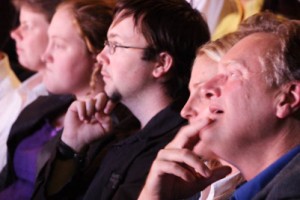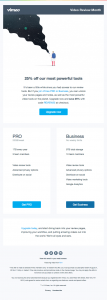By Katie-May Boyd, Eddie Hamilton, Lars Dittrich, and Mariel Brown, Seymourpowell
June 16, 2022
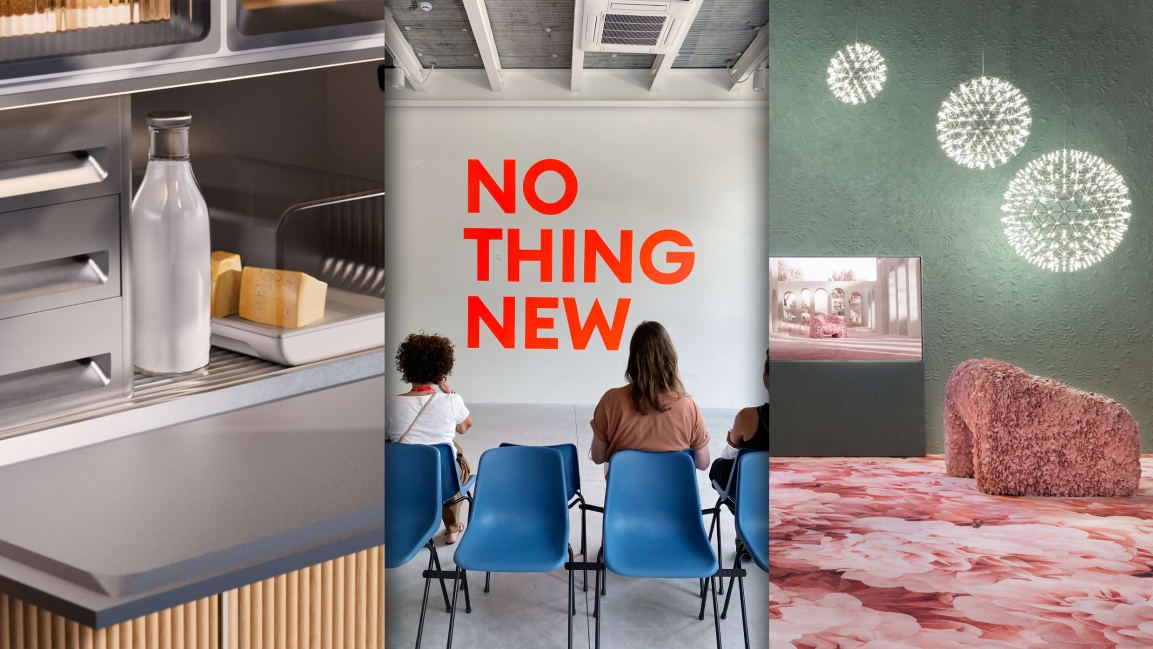
No design show captures the cultural zeitgeist quite like Milan’s annual Salone del Mobile. For 60 years, the design set has descended upon the Northern Italian city, hungry to gain inspiration from the ever-expanding showcase of the new and next.
While last year’s show offered some positive change in the form of sustainability regulations for exhibitors, we had mixed feelings as we made our way toward the global style hub this year. The context for the event had been the stuff of dystopian nightmares: a worsening climate crisis, political unrest, humanitarian disasters, war in Europe, and skyrocketing inflation—all forcing us to question whether the world needs any more iconic (and eye-wateringly expensive) chairs.
Happily, however, we found something that surprised us—something that was worth the time, fare, and hype: creative optimism.
The IRL energy was high, with exhibitors and attendees building on one another’s ingenuity. From conversations with up-and-coming Ukrainian designers who had made the short—yet dangerous—drive from Kyiv, to talks with design leads from established behemoths, it was clear that the creative community wasn’t just gathering in Milan, it was galvanizing.
Below are five trends from the show that capture the diverse response to these chaotic times and encourage us to question how we might design our way out of disaster.
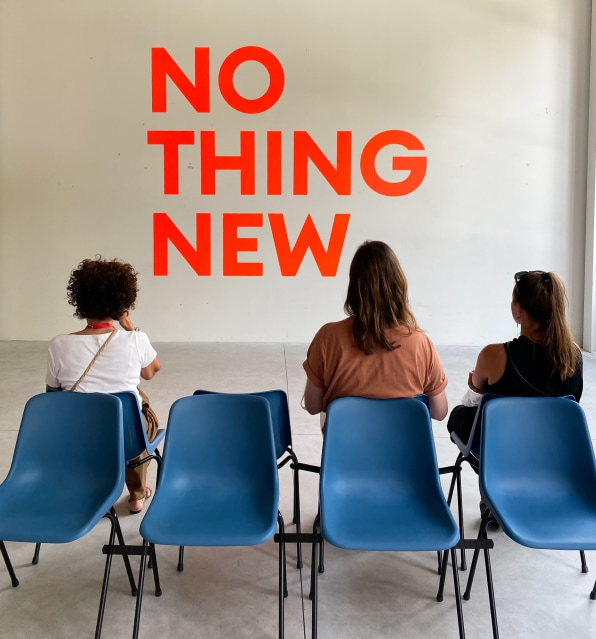
The Anti-New
In a radical move by the design community, we witnessed a rejection of “The New.” It’s five years since Ikea’s then head of sustainability, Steve Howard, provocatively claimed that we’d reached “Peak Stuff.” Now (finally!) we’re seeing mainstream design react. This year, we saw a profound response to the role of hyper-consumption and the climate crisis.
Traditionally, MDW is centered on new product launches, driven by trends and fashion; a cynic might say “new for the sake of new.”
Interestingly, we also saw fewer launches after the 2008 recession. Then, design brands opted to release new colorways instead of new designs because of economic pressure. The climate crisis might have a similar effect—forcing designers to revaluate release cycles in a world that’s consuming resources at a rate well beyond its means.
At student exhibitions (free from the commercial realities of the design industry), activist projects such as “The Big Assembly” by Goliath Dyèvre, presented design in a world overflowing with things, displaying found objects presented in new guises. HSLU Lucerne School of Design took a bolder approach by exhibiting a meditation on this theme, displaying literally nothing—as pictured.
Miele, known for their passion for repair and durability (parts are available for more than 15 years after products are discontinued) invited us into their “Longevity Lab”: a space that celebrated their spare parts over limited editions in an exploded installation.
The Art Academy of Latvia created an installation with two knitters darning under the statement: “If you want to mend the world start by mending your socks.” In October 2020, 85% of Gen Z respondents in London said they had repaired a broken possession during the previous year, in comparison to just 47% of over 55s. Is a renewed focus on longevity the key to unlocking the next generation of consumers?
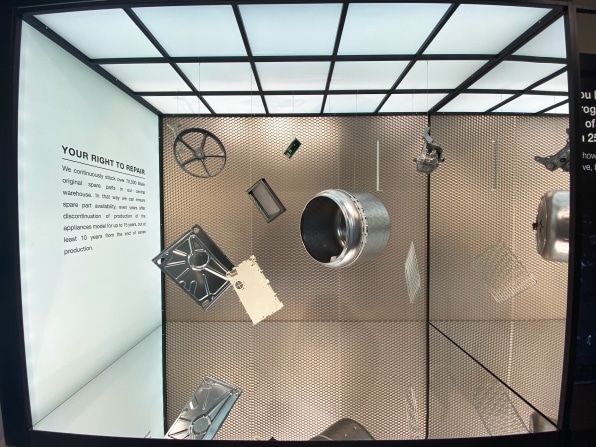
Local Mining
Material provenance is now an important consideration for both consumers and designers. Consequently, designers are turning to waste streams to create new materials. Take Fernando Laposse’s intricate veneers made from Mexican corn husks, or Vegea creating textiles with waste from the wine industry.
Many of these projects are experimental and struggle to become viable commercially, although this is changing. Santa Cruz-based Cruz Foam uses waste shellfish to create an eco-foam and has just declared Leonardo DiCaprio and Ashton Kutcher as key investors.
View this post on Instagram
In Milan, we saw this trend take on new urgency. In a time of resource scarcity and collapsing supply chains, local waste materials have become an increasingly secure and attractive source.
Stone dust (usually an unconsidered side stream) was given a “Lab Room” displaying material experiments in a collaboration between SolidNature and Sabine Marcelis. Meanwhile, e-waste was hand forged into dazzling glass tiles by Studio Plastique.
View this post on Instagram
Raising a pertinent question of waste in the wake of a disaster, Karma Dabaghi, a professor at Lebanese American University, presented “Fragments of Hope,” a series of eight unique vases hand-blown by artisans in Sarafand, southern Lebanon, using glass recycled from the Beirut port blast of 2020.
Local projects have been mainly focused on industrial waste streams, but this project highlighted the untapped potential of waste generated from disasters and conflicts. Could it be used as a raw material to support communities and help them tell their stories?
Meta Nature
The metaverse is unfolding as a place of exploration and refuge and a means of escapism from turbulent times. Interestingly, the digital aesthetics of this trend were infiltrating the physical spaces and objects at this year’s fair, particularly within the more immersive, 360-degree installations.
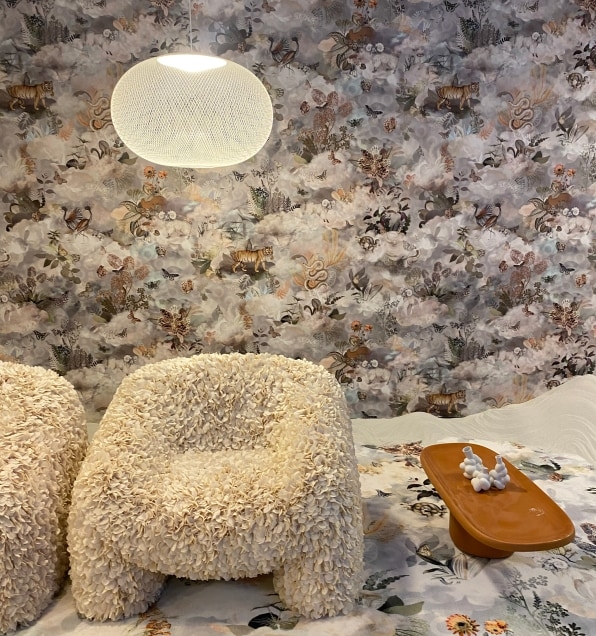
One of the more successful examples was “A Life Extraordinary” by Dutch company Moooi and LG. The surreal, multisensory exhibition that took place online and IRL produced a hybrid aesthetic of an uncanny world.
We saw strong surrealist influences in molten floors at Moooi, distorted realities at Glo Hypernova, and a mirrored cabinet at Whirlpool, either providing an escape from reality or reflecting the chaotic nature of our times.
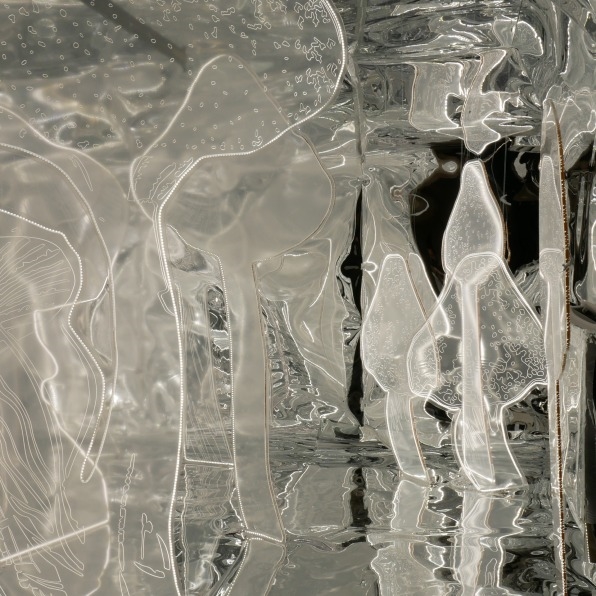
Continuing with the surrealist theme, Stella McCartney explored psychedelic experiences in her exhibit. Visitors experienced the trippy magic and beauty of mushrooms in an immersive mirrored room, illuminated by sculptures made from recycled materials and a soundscape created from bioelectric signals of plants and mushrooms.
Tech Kinship
This week, one of Google’s own claimed that there is a ghost in the machine, which (somewhat eerily) echoed tech design trends in Milan. In a reaction to the near utter saturation of tech in our lives, we saw brands try to create a softer edge and deeper meaning to our relationship with machines.
Tech took on human-like forms and gestures; Ideo, LG, and Moooi collaborated with a choreographer to create a dancing scent diffuser called Piro—a robot escaped from a Detroit car factory, asking if there is “more to life.” Piro gets polished up and joins the Moooi design house, inhabiting a space filled with many other beautiful objects as it dances for joy.
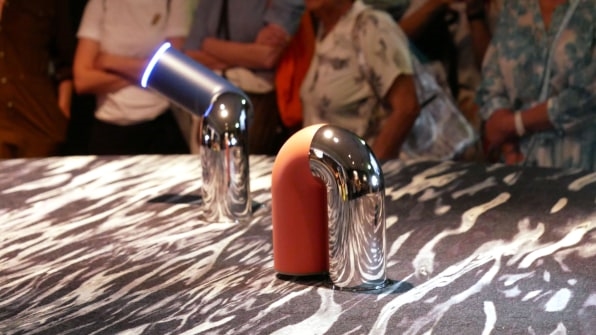
A collaboration between Yamaha and students from Lausanne University of Art and Design (ÉCAL) explored sound machines that use tech to enhance the experience of playing with music. Personal interactions with music now center largely on digital experience and lack the warmth of physical rituals (think carrying your Walkman around or slipping a record from its sleeve). We particularly liked Jisan Chung’s wood and fabric “Sound Frame,” which senses objects placed within it and plays corresponding music.
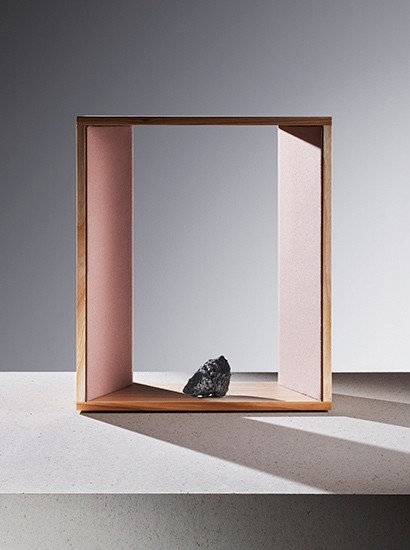
Appliance brands are claiming the smart home space by exhibiting AI “helpers” that display impressive functions to help us streamline home life, with an eerie level of personality and omnipresence that we hadn’t seen before. One smart fridge wished us a pleasant evening with our South African sauvignon blanc.
Whether sentient or not, these projects encourage us to question our relationship with technology. But it remains to be seen whether anthropomorphizing our gadgets with more human interfaces is a step in the right direction. Or should we instead be demanding more boundaries between us and our machines?
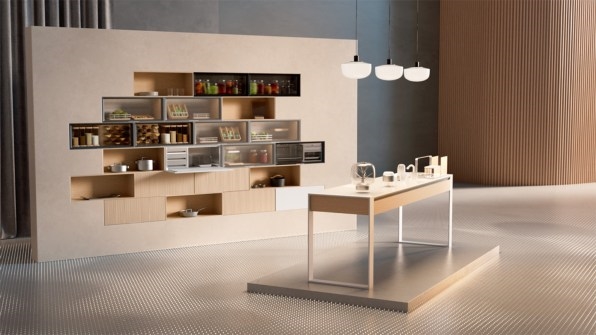
Reclaiming Home
During the pandemic, our homes took on new meaning, transforming into gyms, offices, schools, and salons. But the hours spent zealously baking sourdough, learning math just fast enough to teach our children, or desperately wishing for a green plot has obliterated notions of the “home sanctuary,” forever changing the way we relate to our now not-so-private space.
The disruptive effects of the pandemic created fertile ground for designers to cultivate progressive new home solutions. At Milan, we witnessed a broad range of explorations that covered topics of future diets, aging populations, and cohabitation.
The Ikea festival was a compelling example of this, Marcus Engman, Ikea’s chief creative officer, said, “It’s not about the stuff, it’s about the people.”
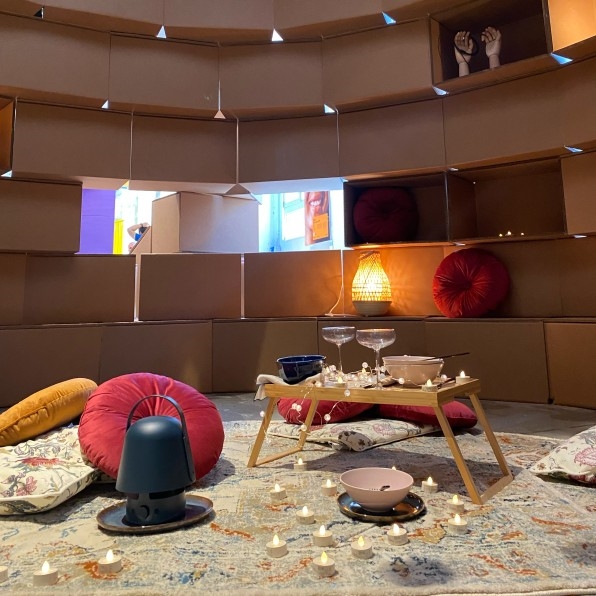
The exhibition depicted the living situations of three families and was underpinned by a foundation of ethnography and meaningful human insight (collected from their thousands of home visits per year). We particularly liked the playful representation of a first home—namely, a disco-mirrored bed. This reflected research that often, in a first home, the bed represents the epicenter. It signifies much more than a place to lay your head at night: acting as a desk, a social space, or a dining table.
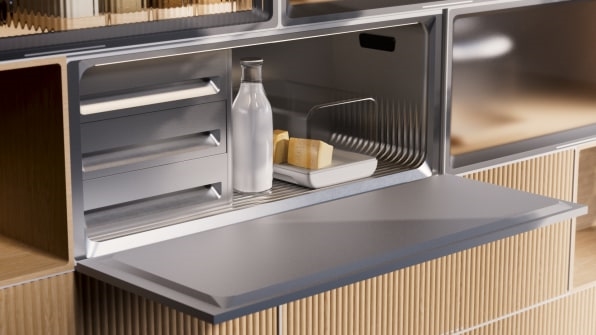
Electrolux’s GRO concept kitchen was another highlight. The kitchen was designed to reflect the findings of an EAT-Lancet report that sets out what the ultimate diet is for a healthy planet. The kitchen ecosystem is designed from the ground up to nudge users into a more sustainable diet. For instance, the fridge is completely redesigned into modules intended to predominantly store fruit and vegetables, with an integrated Nordic smoker to add flavor to plant-based meals.
Feltrin De La Miranda, meanwhile, exhibited accessible furniture that would adapt to the owners’ elderly future selves. A hidden disassembly mechanism enables ergonomic adjustment of seat and back height without compromising the aesthetics or durability of a beautifully crafted chair.
Fast Company , Read Full Story
(26)
Report Post
